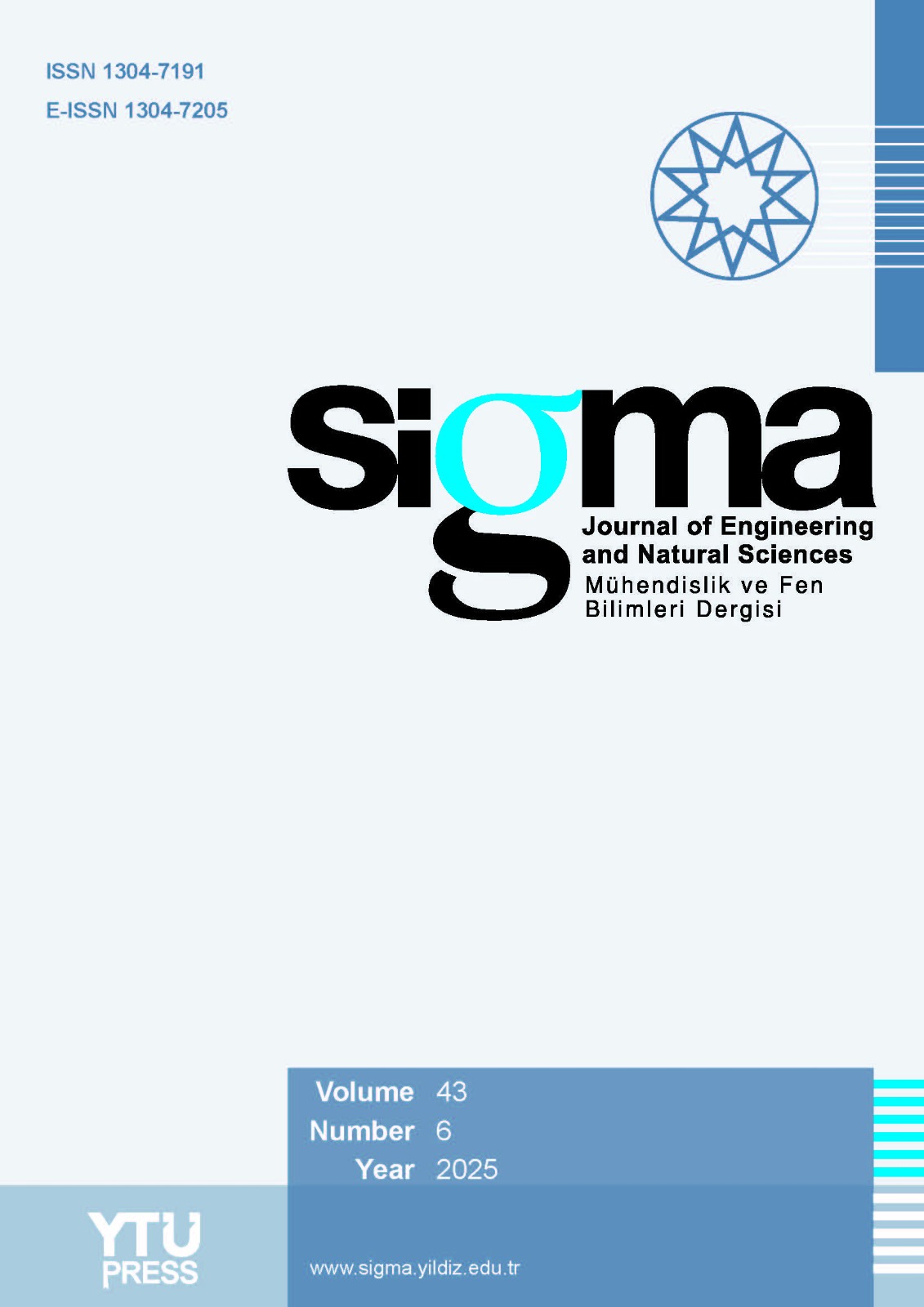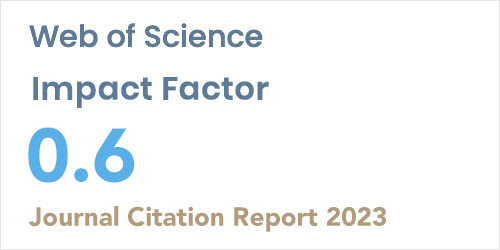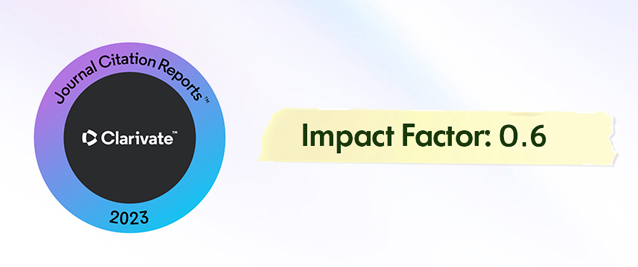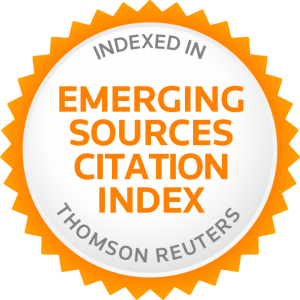2Department of Mechanical Engineering, Imo State University, Imo, 460222, Nigeria
3Department of Metallurgical & Materials Engineering, Nnamdi Azikiwe University, Awka, 42000, Nigeria
Abstract
This paper compares aluminum alloys with cast iron as materials for air-cooled internal combustion engines. Air-cooled internal combustion (IC) engine concept models were developed. The heat exchange characteristics (HECs) of engine models were investigated using the finite element method (FEM). The factors that contribute to low cooling capacity and overall under-performance of air-cooled internal combustion (AIC) engines were investigated using engine models. Thermo-physical properties of engine/fin materials, as well as other parameters such as fin array layout and ventilation speed, have been identified as critical determinants of an AIC engine’s HECs. The thermal performance of aluminum alloy and grey cast iron used as alternate engine/fin materials was compared while the engine was first run under natural convection and then at various wind speeds. It was discovered that the high thermal conductivity of the alu-minum engine benefits its HEC performance. In contrast, the cast-iron engine benefits from the materials’ low specific heat capacity. The thermal analysis also revealed that heat transfer through the cast iron engine section was characterized by a long transient period and a high level of engine heat insulation from the environment, making it a preferred engine option for light-weight stationary machines operated under natural convention. The cooling performance of the engine models was evaluated in terms of fin efficiency and effectiveness. Considering a 175cc engine with a four-fin configuration, comparable global fin efficiencies of useful value 97.42% and 98.65% were obtained for the cast iron engine and aluminum engine, respectively, indicating that heat diffusion to the surroundings was highly efficient in both cases of engine material. Similarly, the fin’s effectiveness (ε) was found to be 2.27 and 2.30 for cast iron and aluminum engines, respectively. These ε values are close to the critical value of 2.0, making them less practical. Increasing the number of fins to seven resulted in a significant 42% increase in HECs, reaching a desirable value of ε in both cases of comparable engine materials.














